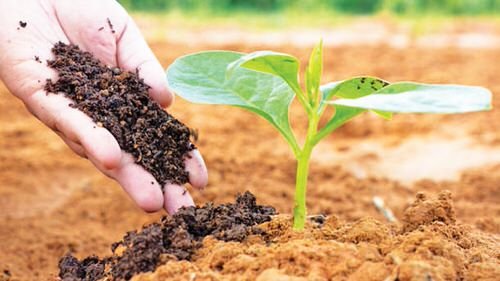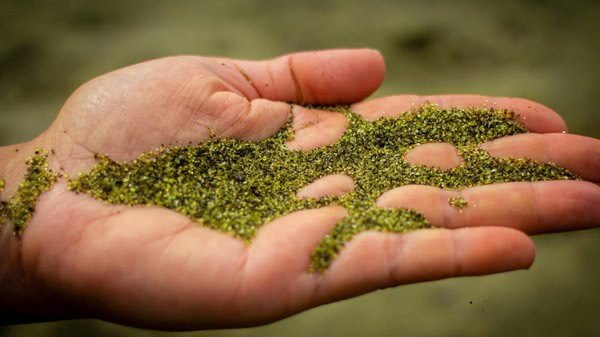Here are the tell-tale Signs that Show Your Plant Needs More Potassium. Take a note and save your green friends before it’s too late.
Watch out for these Signs that Show Your Plant Needs More Potassium and save your green friends on time before it’s too late.
Find out the signs that show nitrogen deficiency in plants here
How Does Potassium Help Plants?
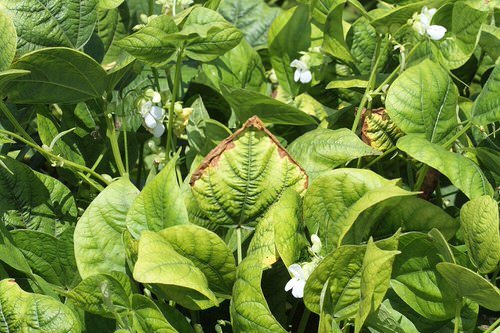
Potassium assists in the regulation of plant growth and helps in the amalgamation and production of enzymes, proteins, chlorophyll, and sugars.
Lack of it can result in stunted growth or even death as it also plays an active role in photosynthesis and essential element in the opening and closing of the stomata. It also helps in:
- Increasing the overall growth of the roots while improving drought resistance.
- Reduces water loss, stress, and wilting.
- Promotes photosynthesis.
- Helps to maintain energy in plants and also prevents energy loss.
- Enhances the production of sugars and starch.
- Increases plants’ protein content.
- Reduces lodging and increases cellulose.
- Helps plants to fight and ward off diseases and pests.
Find plant deficiency symptoms here
Signs that Show Your Plant Needs More Potassium
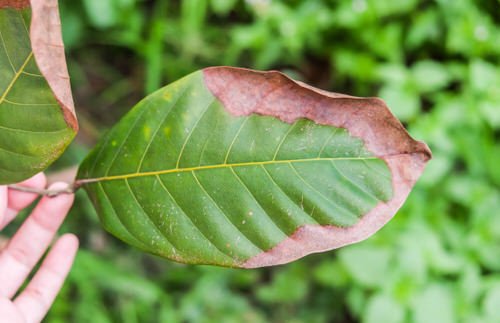
- It can be hard to single out any specific sign of potassium deficiency. However, if you see signs like stunted growth, yellowing of leaves, and droopy foliage, it can be because of K deficiency.
- Common signs include burnt or brown leaf margins paired with chlorosis between leaf veins. Discoloration and purple spots can also be seen on the undersides of the foliage.
- Potassium deficient plants wilt quickly on dry sunny days and the entire look of the plant becomes drooping or wilted.
- Potassium deficiency results in a squat appearance with short internodes in plants. Young leaf growth is restrained, which results in small leaf blades.
Many studies have reported on the role of potassium in several physiological functions in plants including controlling cellular growth and wood formation, xylem–phloem water content and movement, nutrient and metabolite transport, and stress responses.
What Causes Potassium Deficiency in Plants?
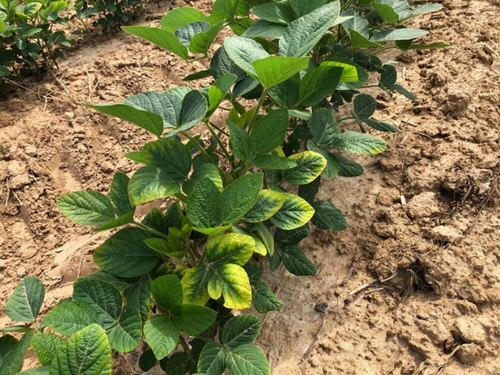
Potassium deficiency can be caused by the following reasons:
- Aeration deficit
- Compaction of soil
- High levels of soil pH, which is especially impactful for the plants adapted to acidic soil
- Improper watering and excessive drainage
- Injury to roots
- Waterlogging and poor drainage
- Pests and diseases
Too much salt, magnesium, or calcium in the growing medium hampers potassium uptake in plants.
Difference Between Nitrogen and Potassium Deficiencies
Most people have confusion between potassium and nitrogen deficiencies in plants.
- Nitrogen Deficiency: It usually starts at the tip of the foliage and then spreads through the remaining part of the leaves. It attacks the mid-rib and takes a V-pattern.
- Potassium Deficiency: It looks somewhat the same and also starts at the tip but it spreads through the outside of the leaf. The main difference— it does not spread in the middle of a leaf, like the nitrogen deficiency.
Sources of Potassium for Plants
1. Wood Ash
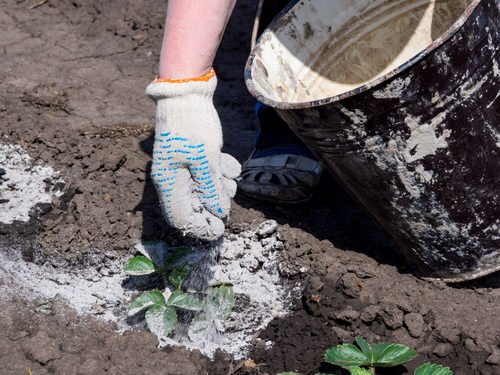
Wood ash contains 0-1-3 (NPK) and it is also a great source of phosphorus, boron, magnesium, and several other beneficial plant elements. You can use it moderately as too much application can be detrimental to the soil pH.
Check out the wood ash uses in the garden here
2. Compost
Use compost on the soil that is showing signs of potassium deficiency. You can also use banana peel tea or compost made of it as it contains 42 percent potassium, 3 % phosphorus, calcium, iron, and magnesium. Read the best ways to use banana peel as a fertilizer here.
Check out this post for banana peel uses in the garden here
3. Potassium Rich Fertilizer
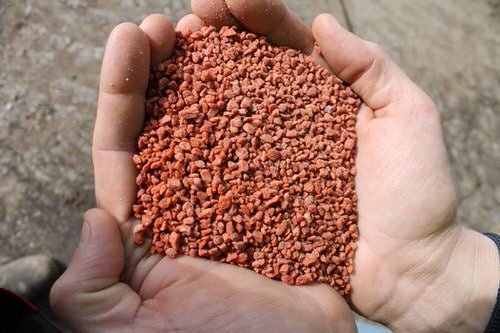
Use a fertilizer with a high “K” count in the NPK. It can rectify K intake in the soil as it is rich in potassium chloride, potassium nitrate, monopotassium phosphate, and potassium sulfate. Do refer to the label for dosage and instructions for appropriate application.
4. Greensand
Greensand is obtained from the ocean floor and is mostly used to provide additional nutrients to plants as it is rich in potash, silica, iron oxide, magnesia, lime, and phosphoric acid.
You will be surprised to know that greensand is certified as one of the richest organic potassium sources.
As it is not water-soluble, you will have to mix it in the growing medium. Go with 4-6 tablespoons per pot and see the results.



